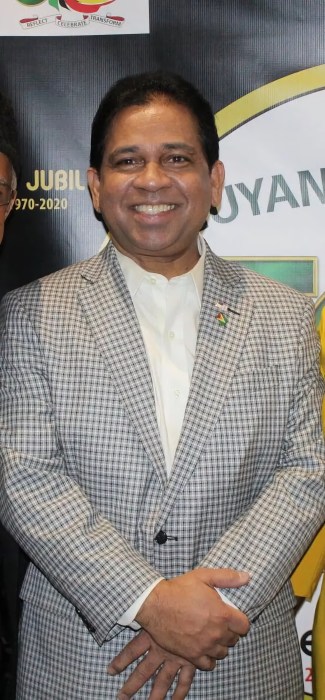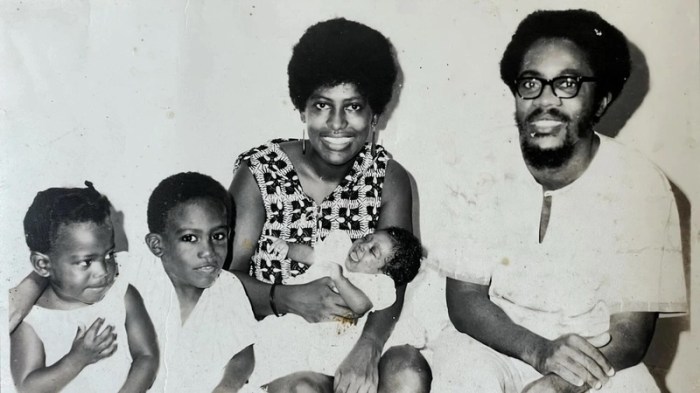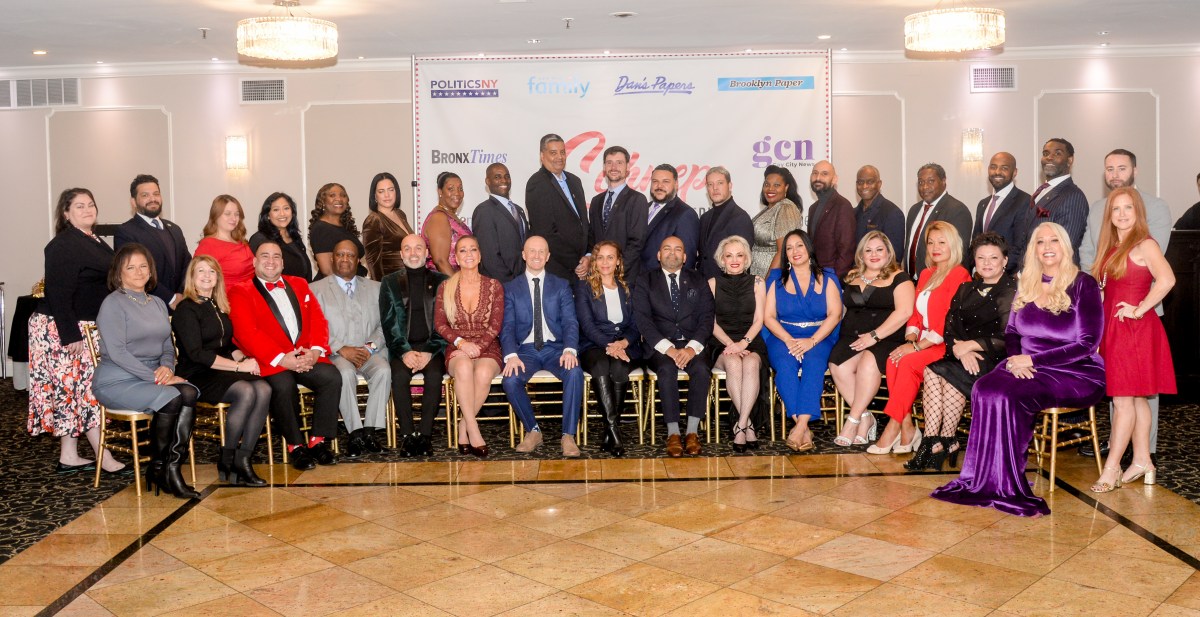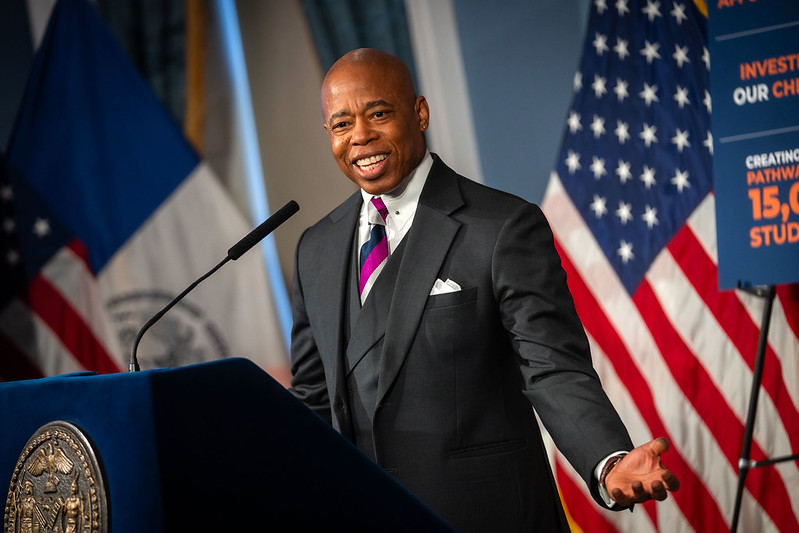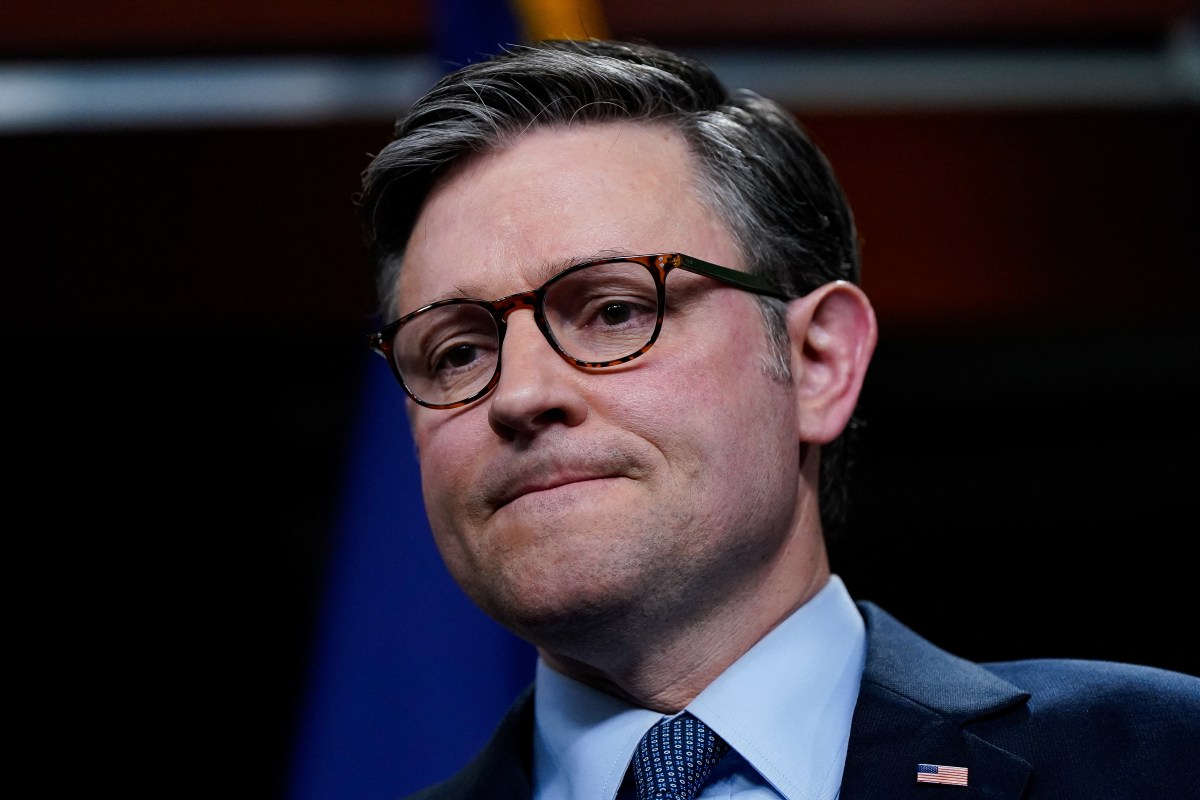Late last week, a Venezuelan corvette arrested a seismic research vessel chartered by a U.S. company to spot oil and gas deposits offshore Guyana ordered it out of the area off Guyana’s northeastern coast and escorted it to Venezuela’s Margarita Island where authorities slapped territorial violation charges against its captain, sparking an international diplomatic incident and fears that the military is reasserting itself while ignoring the country’s presidency and cabinet.
The RC Telnik Perdana was doing seismic work for Texas-based Anadarko Petroleum Corporation when the Venezuelan military pounced on it in waters that have been long claimed and owned by Guyana.
The move came a week after Guyana police had asked the international police system, Interpol, for help in investigating the shooting deaths of two Guyanese miners by men dressed in Venezuelan military uniforms and two months after armed Venezuelan soldiers had crossed into Guyana presumably to escort some university students and tourists on a sightseeing mission on Guyana’s soil, again triggering fears that the military is about to stir up trouble between the two neighbors.
The 285-foot vessel had a multinational crew of nearly 40 onboard including five Americans. It is not clear if the State Department had exerted any backroom pressure on the Venezuelans to release the vessel by the middle of this week but if that were the case, their efforts appear not to have prevented Ukrainian Captain Igor Bekirov from being charged with breaching Venezuela’s maritime borders, even though the waters are known to belong to Guyana.
By Thursday, Guyanese Foreign Minister Carolyn Rodrigues-Birkett had announced plans for an emergency meeting with her counterpart Elias Jaua at a so-called neutral venue in Trinidad, but even as they two prepared to sit down and talk things over, there are real fears that Guyana has to prepare for a new round of political tensions with Venezuela which maintains a decades-old claim to two thirds of Guyana’s territory or western and investment-rich Essequibo Region.
Former University of Guyana political science professor and newspaper columnist Freddie Kissoon says that President Nicolas Maduro who won general elections last April by a razor thin margin of only 50.8 percent of the vote over the main opposition rival, might be trying to appease the military and his base by ramping up the border row with Guyana.
“He might be using this to placate the military. He is not from the military like Hugo Chavez (his predecessor) and has a weak mandate to govern. His position is precarious. The military might also be reasserting itself in Venezuela but then again, they might also see him as a transitory president and are doing their own thing,” says Kissoon.
Ironically, Maduro on a state visit to Guyana in late August, had hinted at presidential disinterest in pursuing the border claim, blaming European colonialism for a plethora of border disputes in the hemisphere. He has said very little since the vessel was seized.
The row over territory dates back to an 1899 boundaries settlement involving the U.S., the UK, Russia and Venezuela. All parties back then had agreed that the demarcation was “a full and final” settlement of the issue; ut in 1948, papers published posthumously by a Venezuelan boundaries commission alleged that the others had cheated Venezuela out of the Essequibo and its maritime waters.
Since then, Venezuela has tried various means of taking back the territory and publishes the region on its map, calling it a zone of reclamation. Just before independence in 1966, it had invaded and still occupies a border island between the two.
In 2007, two gold dredges operated by Guyanse miners were blown out of the water by Venezuelan soldiers. One Guyanese died in that incident and no real investigation was done by either side, Guyana especially, for fear of aggravating its military and giving it and right wing oligarchs, an excuse for extra judicial action.


